Cluster feeding is a normal newborn feeding behavior, but it can cause parents a load of stress and anxiety. Here’s what you need to know to cope.
How often does a breastfed baby need to feed?
Is it every two hours? Three hours? How about overnight?
Here’s a straightforward answer: Constantly.
Okay, so that’s not the case, but that’s what it can feel like for parents caring for a breastfeeding baby who’s in the middle of cluster feeding.
Our sympathies go out to parents who are smack in the middle of cluster feedings. Cluster feeding has lots of causes, but we can reassure you of one thing: You’ll get through this. In the meantime, here’s a breakdown of what’s going on with your baby.
If your baby feels like they are constantly feeding during a particular time of the day, you might be in the middle of a cluster feed.
Newborn babies already need to eat frequently — usually every 2-3 hours, although sometimes more depending on their needs and your milk supply. But cluster feeding looks — and feels — differently than your regular nursing sessions.
The most straightforward way to understand cluster feedings is that your baby is simply bunching a lot of feedings together in a short time frame. Instead of one meal every few hours, your baby is snacking — a lot!
But cluster feeding is more than just feeding a lot. A baby who is cluster feeding will feed for short periods before unlatching, fussing, nursing more, maybe hiccuping or burping — and so that pattern continues.
If you’ve noticed that your baby is especially attached to you — literally — in the later afternoon and evening, that’s also part of cluster feeding. Staying close to their milk source during this time is imperative for a cluster-feeding babe!
If you’re in the middle of cluster feeding your baby, you’re probably wondering, “Why on earth is my baby feeding so much?!” (And, maybe, “When will this end?”)
First of all, some babies are simply cluster feeders — they may do it every day, especially when they are very young.
For newborns, one of the benefits of cluster feeding is its positive impact on milk production. The more a baby nurses, the more you produce.
Your primary milk production hormone is prolactin. Prolactin levels tend to be highest in the middle of the night and early morning hours — that’s why waking to feed or pump during your baby’s early weeks is so important for establishing your supply.
The flipside of this is that prolactin levels gradually lower throughout the day. By late afternoon and early evening, your prolactin levels may have lowered enough to slow your milk production.
Because of this, babies need to nurse longer or more often to fill up their tanks.
Another factor? Cluster feeding babies may also drink more to prepare for long stretches of sleeping and growing overnight.
Seeing your baby grow and learn new skills is a delight for parents, but it’s a big job for your baby. And a big job requires a lot of energy.
Your baby will go through numerous growth spurts and developmental leaps during the first year of life. This is true for all babies, regardless of how they are fed. The most common periods happen around 2-3 weeks, 6 weeks, 8 weeks, 3 months, and 6 months.
Remember, though, growth and development can happen at any time — there’s no one-size-fits-all pattern for how your baby will develop.
Being a baby is tough work — truly! Your baby’s brain and body are rapidly developing, all while figuring out the world around them. (See above.) What’s more, babies often need help learning how to relax and soothe themselves.
That’s one of the beauties of breast milk. Breast milk is full of hormones that support your baby’s circadian rhythm. For some babies, cluster feeding is a helpful way to boost sleepy, relaxing, restful hormones.
Holding and snuggling your baby is certainly comforting, but that alone may not do the trick if your baby isn’t feeling well.
Many babies cluster feed when they’re dealing with a cold or virus — and it makes sense! Your breast milk helps your baby’s immune system fight off illness. What’s more, breastfeeding can help reduce your baby’s pain thanks to the analgesic effects of breast milk.
Interestingly, skin-to-skin contact also can provide pain relief benefits for your baby, which correlates with your baby’s strong desire to be attached to you during cluster feeds.
While cluster feeding can be tiring, it can provide a boost to your milk supply if you nurse on demand during this time.
Your milk supply is tailored to your baby’s nutritional demands — precisely tailored to it. So when your baby has a growth spurt or is fighting a cold, cluster feeding can boost your supply to provide enough breast milk for your baby or provide your baby with the antibodies they need to fight off their illness.
Forever?
We know that at 8 pm, after nursing for 3 hours straight, it feels like it may last forever. But we promise — it will not. It absolutely will not last forever.
Usually, cluster feeding resolves within 2-3 days after starting. Also, a few helpful things to remember when cluster feeding is feeling endless:
We know that you might be tired and frustrated, but it’s important to keep nursing through cluster feedings as much as possible. Your baby’s nursing is helping your supply grow to meet the demands of growth and development.
Breastfeeding is thirsty and hungry work. Depending on your milk output, metabolism, and other factors, breastfeeding can burn an additional 300-500 calories a day. Plus, it requires a lot of water to keep producing that milk.
And as far as water goes? The Institute of Medicine advises that breastfeeding parents drink 13 cups of water daily.
However, chugging Big Gulps isn’t necessary. Simply pay close attention to your level of thirst — and when you feel thirsty, drink!
Cluster feeding is challenging and can feel endless. (Though it will end, we promise!) But in the meantime, having help will make a massive difference.
Things you can do?
Are you breastfeeding for hours? It can become pretty uncomfortable. Your nipples might be sore. Your arms might ache from holding your baby nonstop. You might feel restless from sitting in the same position.
A few tweaks, though, can make a big difference. Many parents find the side-lying or laid-back positions to be more comfortable if you have to settle in for a long stretch of nursing. Or simply try switching up positions!
Another option is to try babywearing. Babywearing can free you up to move around, which can offer you a much-needed change of pace during the long stretches of nursing. And if you master the art of nursing your baby in a sling or carrier, you’ve got even more options!
(But also, don’t pressure yourself! Not all babies or parents love babywearing, so please choose what feels right to you!)
Make sure you take care of your nipples during cluster feeds, as well. Applying nipple butter, lanolin, or even breast milk can help soothe your nipples. Hydrogel pads can also offer relief. Additionally, make sure to air dry your nipples after nursing and choose soft bras and clothing to avoid friction.
And if you use nursing pads? Make sure to change them regularly to avoid the risk of bacterial or fungal infections, especially thrush.
Important note
If you are experiencing ongoing nipple pain, please reach out to an IBCLC! Cluster feeding is hard, but it shouldn’t hurt. Pain can indicate issues with latching, which can lead to problems with milk supply, clogged ducts, mastitis, and more. However, it’s entirely fixable with help from an experienced lactation consultant.
Just like you need to take care of your nipples, you also need to care for yourself. Infant care is a big job, and it’s downright exhausting when you add cluster feeding on top of that.
So find things that can bring you — yes, YOU! — a bit of joy right now. Is it downloading a new book by a favorite author to read while nursing? Rewatching Virgin River for the 10th time?
Accepting help so you can take a quiet walk by yourself? Taking a few minutes to paint your toenails for the first time since you got pregnant? Making a pot of fresh coffee instead of reheating the old stuff?
There are all kinds of ways — both big and small — to make time for yourself. Make sure you do something that brings happiness to your heart!
Finally, the bit of advice we always offer to parents no matter what kind of breastfeeding situation they’re dealing with: Talk to an IBCLC! IBCLCs can provide invaluable support to parents looking for ways to make breastfeeding work for them and their babies. Never be shy about reaching out!
Cluster feeding is tough, but you don’t have to navigate it on your own. Book a convenient online video appointment with a Nest Collaborative IBCLC today.
